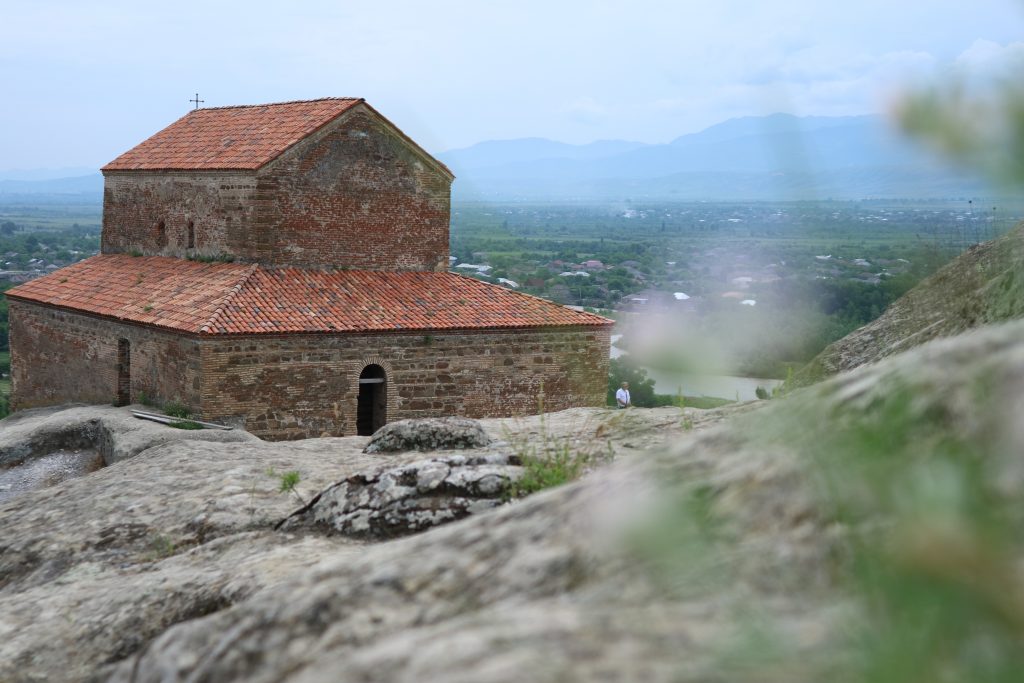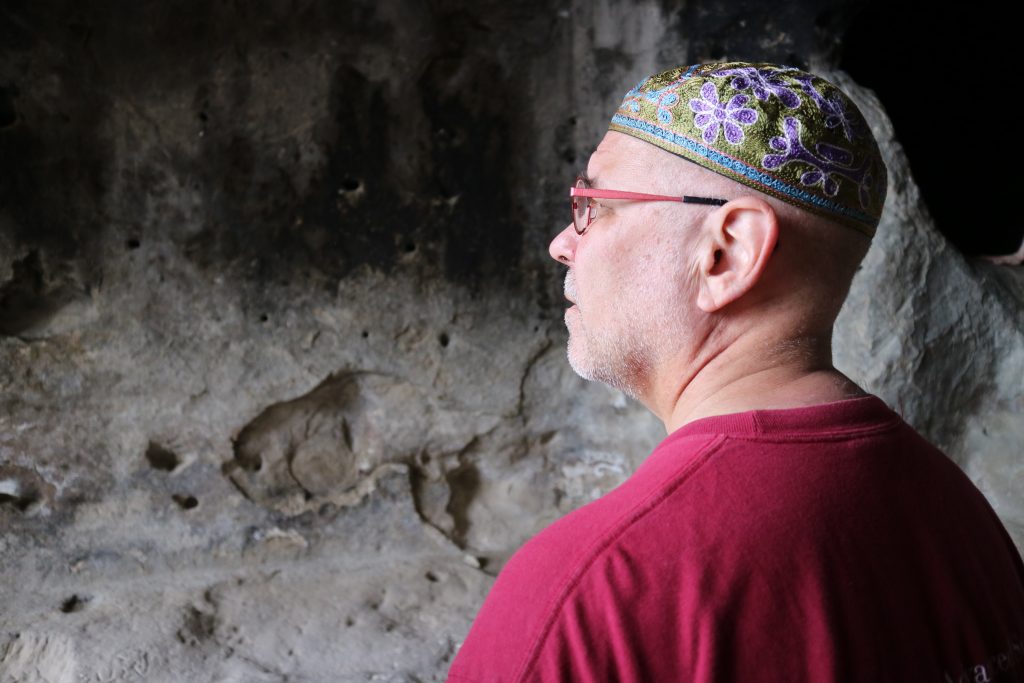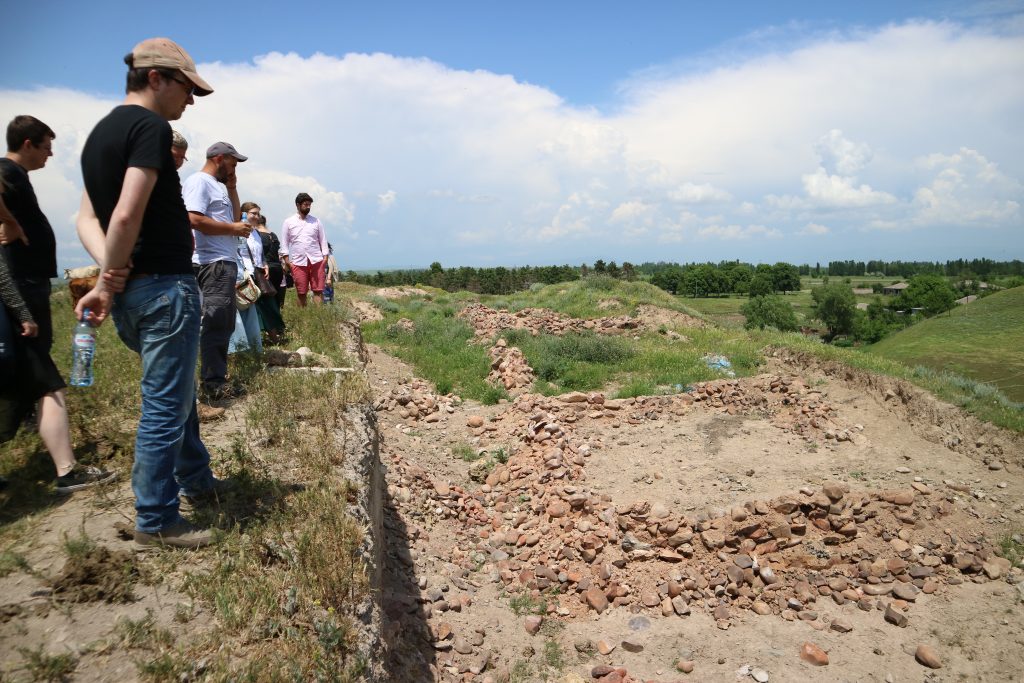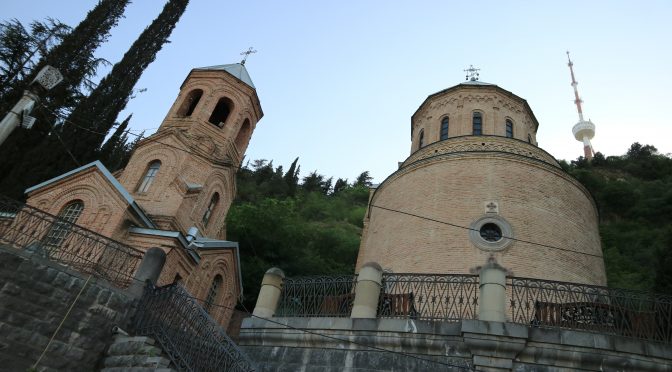By Jutta Jokiranta.
Georgia (Tbilisi) and Finland (Helsinki) have a lot in common, we discovered when CSTT members spent a successful week in Tbilisi Javakhishvili University. People in both countries speak a strange language, their number is around 5 million, and both countries have gained independence a hundred years ago (Finland in 1917, Georgia for a short period in 1918).
CSTT is about “cross-fertilization,” making scholars from different fields and areas of expertise to communicate and learn from each other. This was a specific purpose of the Tbilisi meeting, “Texts, Traditions and Transmission: Global and Local Transitions in the Late Second Temple Period,” 21‒25 May 2018, organized by CSTT Teams 2 and 4, in cooperation with local hosts in Tbilisi, especially Anna Kharanauli, Natia Mirotadze, and their students.
The aim of the symposium was to find points in common in the study of the history of the Second Temple period—the scribal milieu—and the study of scribal revisions of scriptural texts and traditions.

Did we find points in contact? To give an example, special interest was on the so-called kaige-recension, in which the translators at the turn of the era brought the original text of the Septuagint into closer conformity with the Hebrew proto-Masoretic text. Anneli Aejmelaeus explored its origins and suggested tracing it to Greek speaking synagogues in Palestine. Rick Bonnie gave an overview of early synagogue finds in Palestine and showed how their architecture could be characterized by restricted access and private visibility; these buildings were used by only part of the village population. Raimo Hakola reassessed the evidence for the assumed village scribes in Galilee behind the Q-document that Matthew and Luke used, and identified a more likely home place for them in the Judean setting.
Keynotes from outside CSTT were Catherine Hezser and Mladen Popović. Hezser challenged us to think in more precise terms about scribes who were craftsmen and sages who were learned writers of literary texts. Popović presented a model of “book publishing” in the ancient world and compared the Dead Sea Scrolls scribes to Roman literati and reading communities.

The meeting organization was exceptional as CSTT members prepared to the meeting in a brainstorming session already in the spring. This was worthwhile as communication took place “behind the scenes” outside the meeting too. The organizers, Raimo Hakola, Paavo Huotari, and Jessi Orpana are now planning a publication on the basis of the meeting.
Georgian scholars have long-standing contacts with Helsinki Septuagint scholars. We also learned from rich Georgian manuscript collections and their research. Inscriptions have been found in Iberia—as the former kingdom in Eastern Georgia was called—in five different languages, Persian, Greek, Aramaic, Hebrew, and Latin.

Two excursion days at several archaeological sites and churches were a true climax for the week. In the end, a visit to the National Museum of Georgia as well as our exquisite evening meal experiences proved that Finland and Georgia are not quite the same: in Georgia, archaeological finds start from early hominids onwards—and fruit and wine do grow better in Georgia.





Happy to hear it was a great time! I was very sorry to miss everyone.